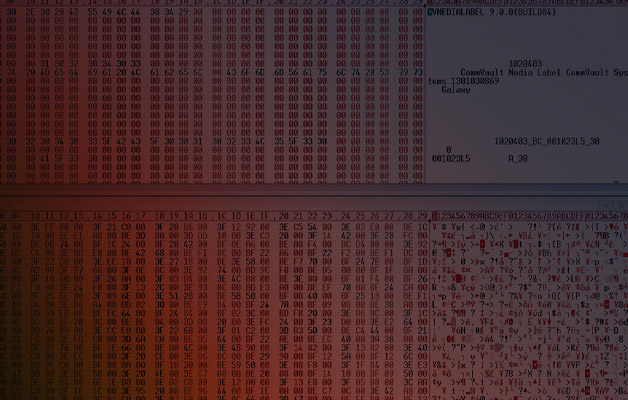Education and research institutions have several things in common.
Firstly, not only do they generate a lot of data but they also both need a cost-effective way to store, retain, and instantly access their data.
For that reason, tape storage media has played a significant role in the backup and disaster recovery of data. But a lot has changed in the past five years, and organizations that want to make the most of their data need a better solution.
As tape storage capacity has grown and backup software capabilities increased, education and research institutions have tried to keep pace with the change. To do this, they’ve had to run parallel systems, one to manage legacy restores, and another to run contemporary backup and recovery systems for current data.
This traditional way of operating split systems is expensive, and resource and capital intensive. It creates multiple software and hardware maintenance contracts and lots of tapes sitting in offsite storage.










